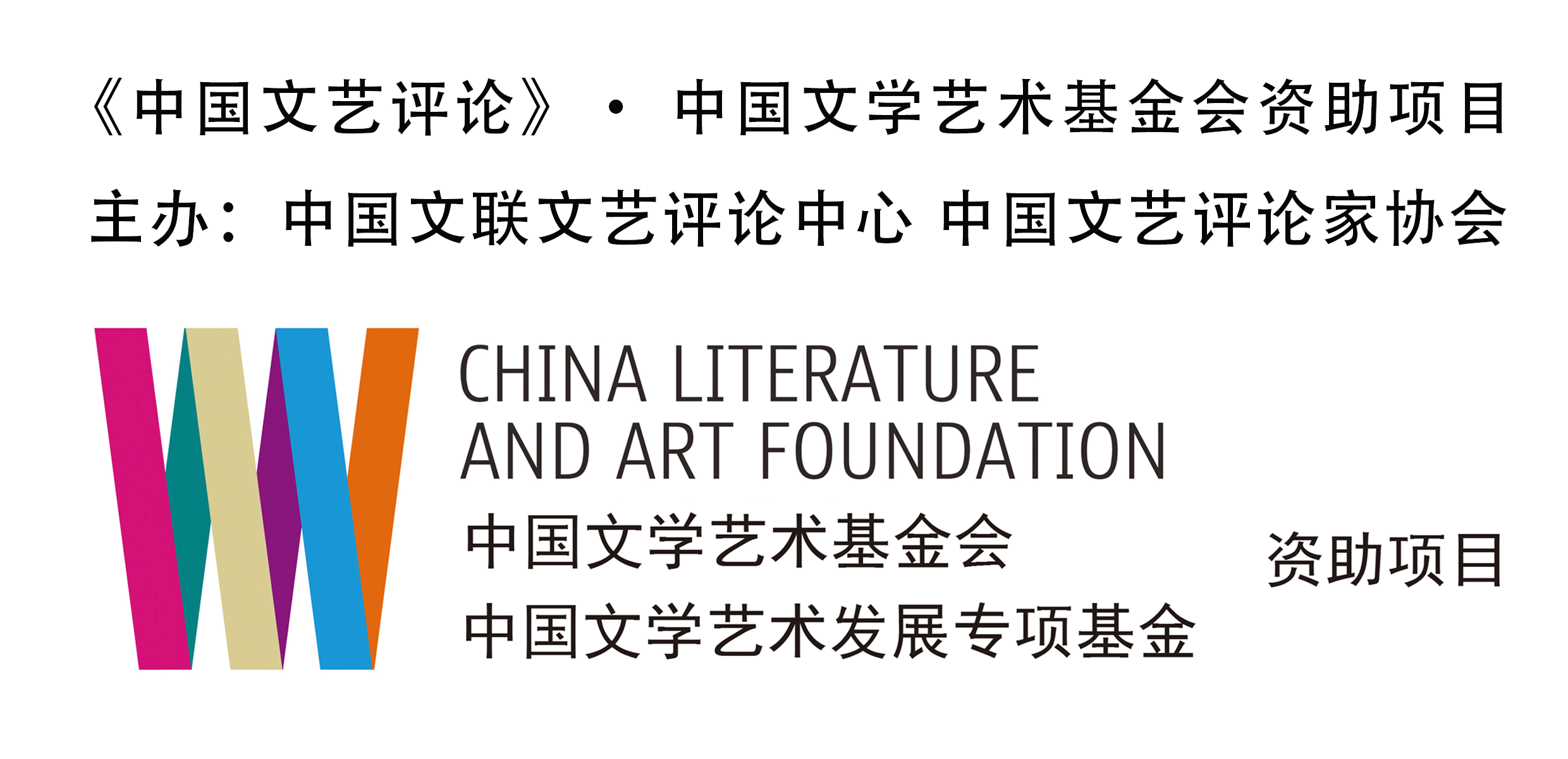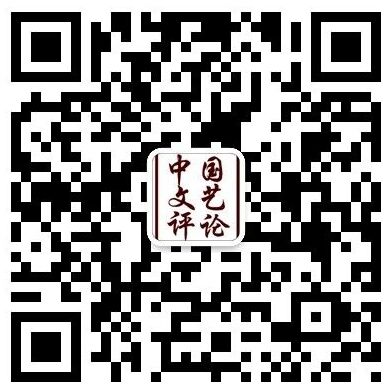
Hot Spots Observation •Space and Scale of Adaptation (I)
■ Remaking across Boundaries: Cutting in from the Adaptation of Blossoms Shanghai(PP. 4–11)Zhang Yiwu
Abstract: This article discusses the development of "adaptation" through reading the TV series Blossoms Shanghai. Through the exploration of the form of "adaptation", the article analyzes the characteristics of "adaptation" in the development of contemporary Chinese film and television culture.
Keywords: adaptation, cross-media, cross-context, adaptability
■ Text and IP: Contemporary Perceptions of Adaptation Activities (PP. 12–19)Chen Yu
Abstract: This article systematically explores the transformation of IP adaptation in film and television creation from classical aesthetic cognition to modern aesthetic cognition, emphasizing that classical adaptation theory mainly focuses on the different interpretations of the original text in specific art disciplines and the transformation of the content across art disciplines, while modern adaptation theory emphasizes the respect for the subjectivity and openness of different art forms. By analyzing specific cases, the article demonstrates the transformation path from original text to modern IP construction, reflecting the unique value of IP adaptation in the digital era. It is finally concluded that IP adaptation is not only a faithful reproduction of the original text, but also an extended re-creation with a modern aesthetic attitude. With the development of the digital era, adaptation activities will gain greater academic attention and practical significance in the new cultural contexts.
Keywords: film and television creation, adaptation, IP, original texts
■ Landscape in the Mist: Several Core Propositions for the Practice of Film and Television Adaptation (PP.20–25)Liang Zhenhua
Abstract: In the cultural context of pluralistic symbiosis, how to combine the elitist expression of literature with the commercialization and market-oriented operation of film and television is an important mission of adaptation. In the dynamic process of docking, converting and generating between the two, film and television creation echoes the thematic connotation and cultural interest of literary works, and recreates poetic meaning in the adaptation strategy of restoration, patchwork, reconstruction and regeneration. In the looming connection between literature and film, the author tries to clarify the scenery hidden in the mist with practical experience. From the "mirror" of media translation to the "light" of ideology, film and television creation is searching for its own way out in the contextual narrative of dramatization, action and visualization.
Keywords: literature, film and television adaptation, adaptation strategy, fidelity
■ Hybrid Spectacles and Self-Myths:On the Film and Television Adaptation of Traditional Chinese Myths and Legends in Recent Years (PP. 26–33)Li Ning
Abstract: In recent years, there has been a cultural boom in film and television adaptations of ancient myths and legends, such as Nezha: Birth of the Demon Child and Creation of the Gods I: Kingdom of Storms. Through strategies such as transposition, expansion and modification, adapters have created pluralistic textual worlds and embodied the impulse to construct story worlds. These works create hybrid spectacles in the postmodern/globalized contexts by means of appropriation, collage, etc., and clearly reflect the characterization of database creation for ACGN culture (ACGN is short for anime, comics, game, novel). However, excessive hybridization also leads to a certain degree to divisions within the text and conflicts between texts. The creator intentionally constructs the self-myth of the modern individual, embedding the narrative of growth and the spirit of rebellion into the modern family structure, and realizing the coupling of the individual narrative and the grand narrative by means of rebellious identification. This wave of adaptations reflects a more intense intervention in reality and a significant tendency towards mythological realism.
Keywords: myths and legends, film and television adaptation, traditional culture, cultural hybridity, self-identification
A New Introduction to the History of Art
■ The "Thunderstorm" in Thunderstorm:Commemorating the 90th Anniversary of the Publication of Thunderstorm(PP. 34–50)Lin Kehuan
Abstract: The play Thunderstorm is a delicately conceived and rigorously structured work, with complicated character relationships, twists and turns of the storylines, and shocking thoughts and horrifying ideas. The plot of the play extends, like the gray threads of gray snakes in the grass, hiding and emerging. Incredible coincidences are entangled with life and death that are difficult to decipher, the perceptible tragedy is blended with unfathomable barbarism, and the reality of out-of-order scenes and the profound question of the hidden meaning of life are intertwined. The whole play is characterized by the interplay of reality and fantasy, with the lyrics conveying a profound meaning beyond the text, the portrayal of its black depth of female figures, the existential crisis of daily life, and the philosophical/theological dimensions that lie on top of the realistic scenes. Then what is the purpose and meaning of the play? This has led to nearly a hundred years of controversy and disagreement, with no consensus reached. As a matter of fact, the question of how to express the intangible with the tangible on stage, and how to express the philosophical/theological depth that transcends the reality of the scene, not only created Cao Yu's splendor, but also troubled Cao Yu throughout his life.
Keywords: Thunderstorm, poetry, tragedy, reality and fantasy, philosophical and theological dimensions
Preface, Postscript and Book Review:An Outline of Literature and Art Criticism
■ A Book Full of Academic Sentiment, Realistic Perspectives and Industry Characteristics:An Introduction to An Outline of Literature and Art Criticism(PP. 51–58)Hu Yifeng
Abstract: The book An Outline of Literature and Art Criticism, organized and compiled by the China Association of Literary and Art Critics, was published in April 2024. The book discusses the basic concepts, main features, theoretical foundations, and development history of literature and art criticism, and combines famous Chinese and foreign literature and art critical articles from different historical periods. Just as dissecting a sparrow and teaching others a knack of the trade, the book perfectly answers the questions of "what literature and art criticism is" and "how to write it" in a vivid manner. The whole book closely follows reality, focuses on problems, has a grand structure, full of fresh insights, especially its discussions on the "interdisciplinary character" of literature and art criticism, the relationship between literature and art criticism and literary and art history, the value standard of literature and art criticism, and the criticism of new media arts are of strong academic originality. As an academic work that gathers academic consensus, promotes professional construction, and leads the prosperity of the industry, An Outline of Literature and Art Criticism will surely provide important reference for literature and art criticism in the New Era to continue to move forward.
Keywords: An Outline of Literature and Art Criticism, art criticism, academic book review
■ Adding "Increment" and "Variable" to Literature and Art Criticism:Reading An Outline of Literature and Art Criticism(PP. 59–63)Liu Daxian
Abstract: An Outline of Literature and Art Criticism systematically interprets the basic cognitive framework, complete knowledge system, overall development clues, and specific performance styles of literatureand art criticism in a reader-friendly and professional way. The book embodies the characteristics of innovation in integration, practice in models, and combining remedial measures with consensus through consultation. It focuses on both knowledge and ideology, and combines popularization and improvement. It adds "increment" and "variable" to the "stock" of literatureand art criticism, achieving the goal of public knowledge transmission and public value establishment for the general public.
Keywords: literatureand art criticism, public knowledge, variable
■ Introducing Reader into the Field of Literature and Art Criticism:A Review on An Outline of Literature and Art Criticism(PP. 64–68)Li Xiujian
Abstract: The publication of An Outline of Literature and Art Criticism meets the needs of the times, which has three outstanding features: Firstly, the content is scientific and comprehensive, and the author lineup is quite strong. The book introduces the general theory of literatureand art criticism, the methods of criticism in 13 literatureand art categories. The authors have profound academic qualifications and rich experience in writing critical work, which ensures the academic quality of the book. Secondly, it has a strong historical consciousness and a distinctive value position. Adhering to the Marxist theory of literature and art and Xi Jinping Thought on Socialism with Chinese Characteristics for a New Era as a guide, the book analyses the relevant issues in a historical context, and the conclusions are convincing. Third, it provides a model for writing literatureand art criticism. The thirteen categories of literatureand art criticism are developed according to three parts, namely, the object and characteristics of criticism, types of criticism, writing of criticism and examples, the setting of the exemplar part is especially wonderful, providing readers with concrete operation paths for the criticism of each literatureand art category.
Keywords: An Outline of Literature and Art Criticism, historical awareness, value stance, a model for writing
Random Thoughts on Art
■ The Worldwide Agency of Literature and the Literature of the World in Classical Marxism (PP. 69–80)Zou Li
Abstract: Marx and Engels' analysis and critique of global capitalism engaged with a vast array of literary works. However, not all the world's literary classics were encompassed within classical Marxism. This article, combining the political and cultural context of the Western world in the 19th century with the concept of agency, examines the literary criticism found in the various works and writings by Marx and Engels. It aims to explore the focal points of classical Marxism in selecting literary works that have the potential to discuss various issues concerning the world. This article argues that within the perspective of classical Marxism, literary works, in their process of reading, dissemination, and commentary, play an important role in the formation of the global proletarian community, the establishment of a global proletarian worldview, and the construction of a global proletarian economic perspective. The narrative themes and structures of these works interacted with the socialist revolutionary movement, deconstruct capitalist identity politics and ideology, and shape the discourse of proletarian politics, economy, and culture. These are the major reasons why certain literary works are included in the scope of classical Marxist theory, possessing the agency for global dynamism. The Marxist perspective on the worldwide agency of literature not only holds significant implications for exploring how contemporary literary criticism can be used to address global political, economic, and cultural issues, but also provides important insights for facilitating the movement of Chinese literature to the world.
Keywords:classical Marxism, worldwide agency, the proletariat, community, world outlook
■ On the Discourse of Popular Character in the Net Literature of Realistic Subjects (PP. 81–90)Wen Dechao
Abstract:Popular character is the core proposition of Marxist theory of literature and art, and is the fundamental guideline for socialist literature and art with Chinese characteristics. The practice of the discourse of popular character in net literature of realistic subjects is mainly reflected in four dimensions: in terms of creation stance, it adheres to the people-centered creative orientation. In terms of the object of expression, it comprehensively reflects the achievements of China's revolution, construction, reform and opening-up, and tells vivid stories of the Chinese-style modernization. In terms of the value orientation, it focuses on shaping newcomers of the times and advanced models, and carries forward the core values of socialism. In terms of artistic form, the cool writing techniques such as rebirth, time travelling, "golden fingers", hardcore narrative, etc., are extensively employed to promote the youthful, fashionable and interesting expression of the main theme literature. The practice of the discourse of popular character in net literature of realistic subjects should consciously apply historical, people's, artistic, and aesthetic perspectives to evaluate and appreciate the works, accurately find the maximum common denominator between the main theme and the artistry, the depth of thought and the "coolness" of net literature, and move towards the peak of literature in the New Era.
Keywords:net literature of realistic subjects, popular character, discursive construction
■ A Study of the Arhat Statue with Three Colored Glaze from the Liao Dynasty in Bafowa, Yixian County (PP. 91–101)Zeng Weilin
Abstract:The Liao tri colored Arhat statues in Bafowa, Yixian County, Hebei Province are made of colored glaze. During the period of the Republic of China, they were found in the Tuanzi Cave in the middle of the mountain in Bafowa, Yixian County, and then brought to various parts of the world by foreign antique dealers. There are now only 11 statues left, which are separately collected in museums in various countries. This group of arhat statues are considered to be very rare Chinese realist sculptures in the West. Since their discovery, they have been highly concerned by art historians and have high academic research value. This essay aims to provide additional evidence on its place of origin to the previous research. Secondly, by comparing and analyzing the modeling style of Arhat, it finds that it is similar to the part of Arhat in two temples of the Song Dynasty in Shanxi and Shandong, and it is very likely that the same kind of picture books or colored sculptures referenced the Arhat statues of the Song Dynasty in Shanxi and Shandong. Thirdly, the author analyzed the artistic characteristics and techniques of the three color Arhat statues and argues that the statues represent the highest achievement of Chinese realistic art and play an important role in the East-West cultural exchange.
Keywords:three colored Arhat, statue making, glass, mutual learning of civilizations
Academic Overview
■ Constructing the Discursive System of Contemporary Chinese Fine Arts in the Mutual Learning of Civilizations: ASummaryof the "Five Stars Rising in the East: the 'Belt and Road'International Art Exhibition Forum"(PP. 102–109)Fu Mengni
Abstract:In October 2023, the "Five Stars Rising in the East: the 'Belt and Road' International Art Exhibition Forum" was held in Beijing. More than twenty art historians, fine arts theorists and over ten young scholars from home and abroad attended the forum. The experts reviewed the cross-cultural exchanges and mutual learning of fine arts between the civilizations along the Silk Road over the past thousands of years, and analyzed its spiritual core and contemporary value. They also discussed the development of modern and contemporary Chinese fine arts from Western enlightenment to local self-awareness, focusing on the development of concepts and creations of modern and contemporary fine arts from the perspective of globalization, as well as modern and contemporary art criticism, education and curating. Young scholars also shared the latest achievements of their research in recent years from different themes and perspectives, reflecting the focus and directions of the new generation of researchers, as well as the methods and strategies they have utilized.
Keywords:mutual learning of civilizations, the Belt and Road, modern and contemporary art, New Era, discursive System of Contemporary Chinese Fine Arts
Interview with Renowned Experts
■ Conducting Research from the Perspective of the Nation:An Interview with the Aesthete Chen Wangheng (PP. 110–124)Interviewed by Zhu Lili

Inside Front Cover
Chinese Literary Critics: Wang Desheng


Inside Back Cover
Review of the Second Batch of bases of Chinese Literary and Art Criticism:The base of China Literary and Art Criticism (Renmin University of China)


Back Cover
The Recommendation of Outstanding Literary and Art Critical Works for the 8th Woodpecker Cup of China Literary and Art Criticism: Main Currents of French Aesthetics from 17th to 19th Century



中国uedbet全球体育uedbet让所有玩家提款网

“中国uedbet全球体育uedbet让所有玩家提款”微信公号

“中国uedbet全球体育uedbet让所有玩家提款”视频号